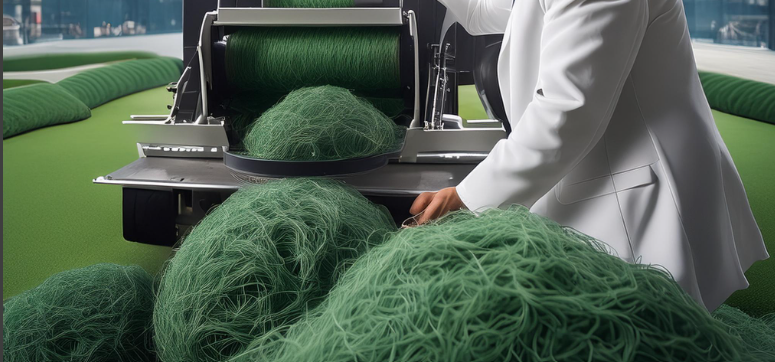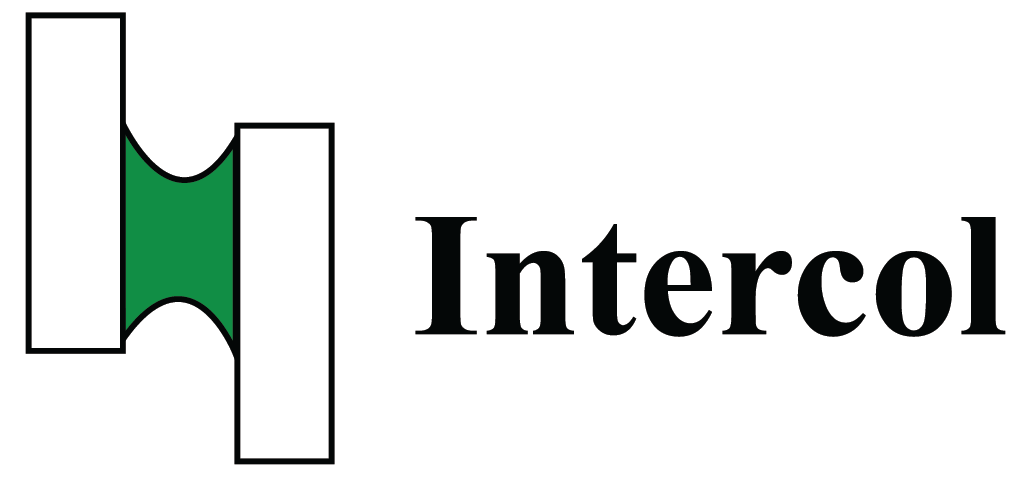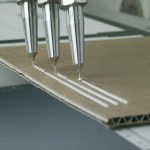The growing awareness of environmental sustainability and the use of eco-friendly materials in Carpet Manufacturing is expected to drive the market for sustainable broadloom carpets as well as for Carpet Tiles . Manufacturers are focusing on offering environmentally responsible products to meet the evolving consumer preferences for affordable green and sustainable flooring options.
The carpet industry is already aligned with the textile industry with the use of yars, biobased but also many fossil based like PP, PET, PE and PA. The recycling of these yarns can be done in the same recycling plants as these are set up for the larger textile industry (clothing, apparals, upholstery).
The biggest challenge therefor might be to use a single-material carpet. This have some challenges as for many textiles, including technical textiles, the strength of the product comes from composites. Composites are typically an assembled material.
Carpets are mostly assembled by a binder, a backing screen (like action back) and 2nd backing layer. Typically in Europe, Styren Butadien is used as a binder. Styren butadien is a crosslinking, non thermoplastic polymer. These properties make it very difficult to recycle the material itself, or to seperate the carpet fibres from the Backing. Carpet fibers are the most valueable product of a Carpet, and first goal for recyclers would be to gain these fibers from a recycling process.

Typically, a VAE binder, is good solluble and is thermoplastic, enableing carpets to be seperated in original raw materials, like the yars, binder and filler. Furthermore, VAE being thermoplastic, it can be mechanical recycled




